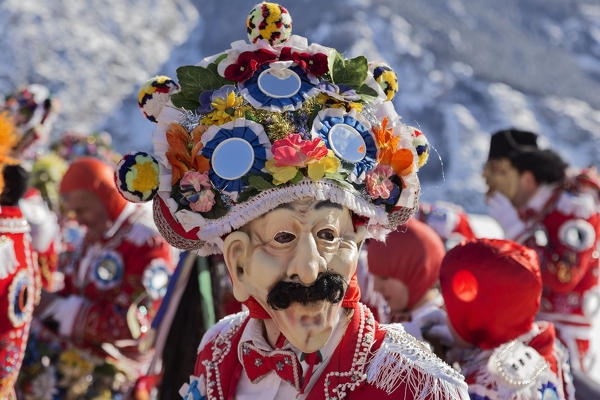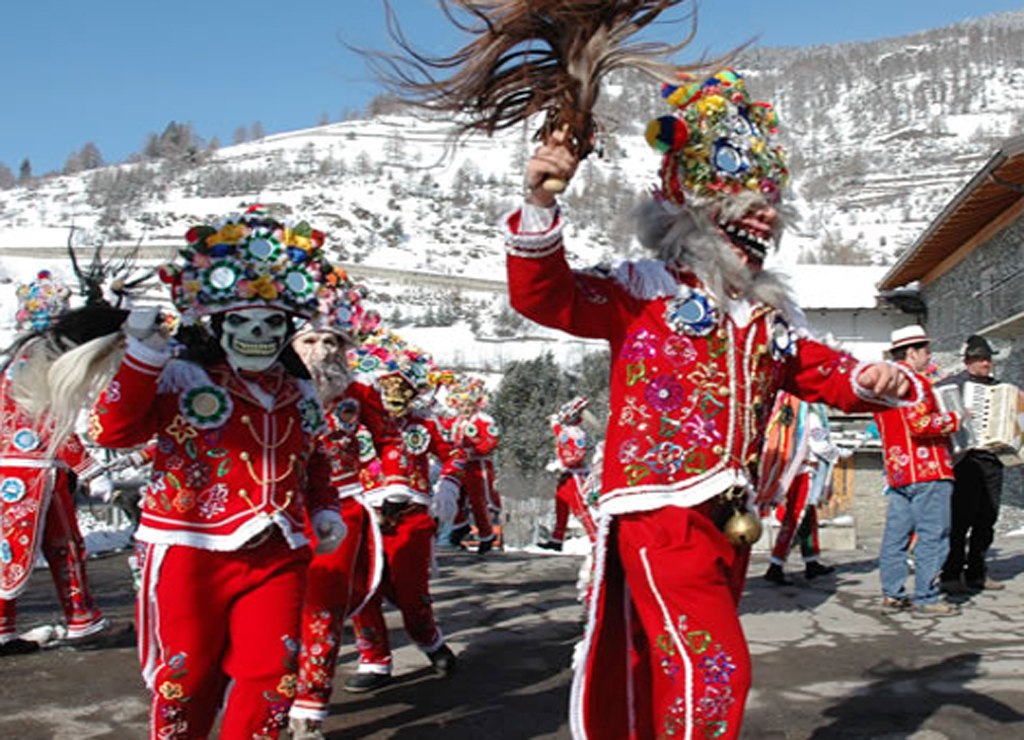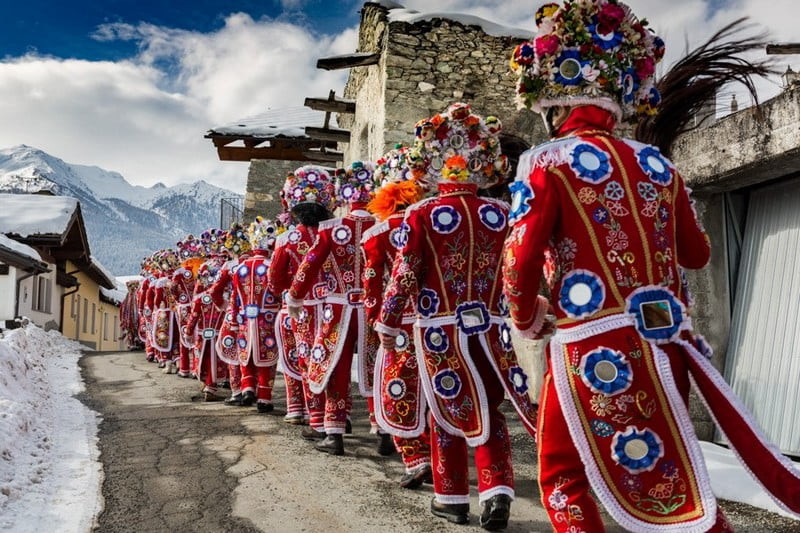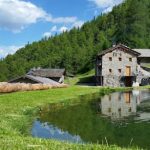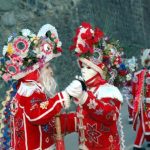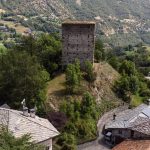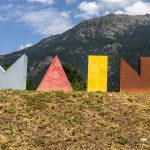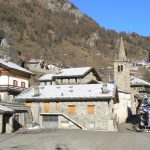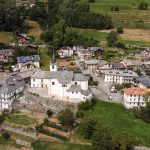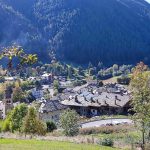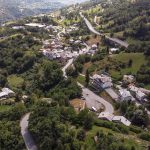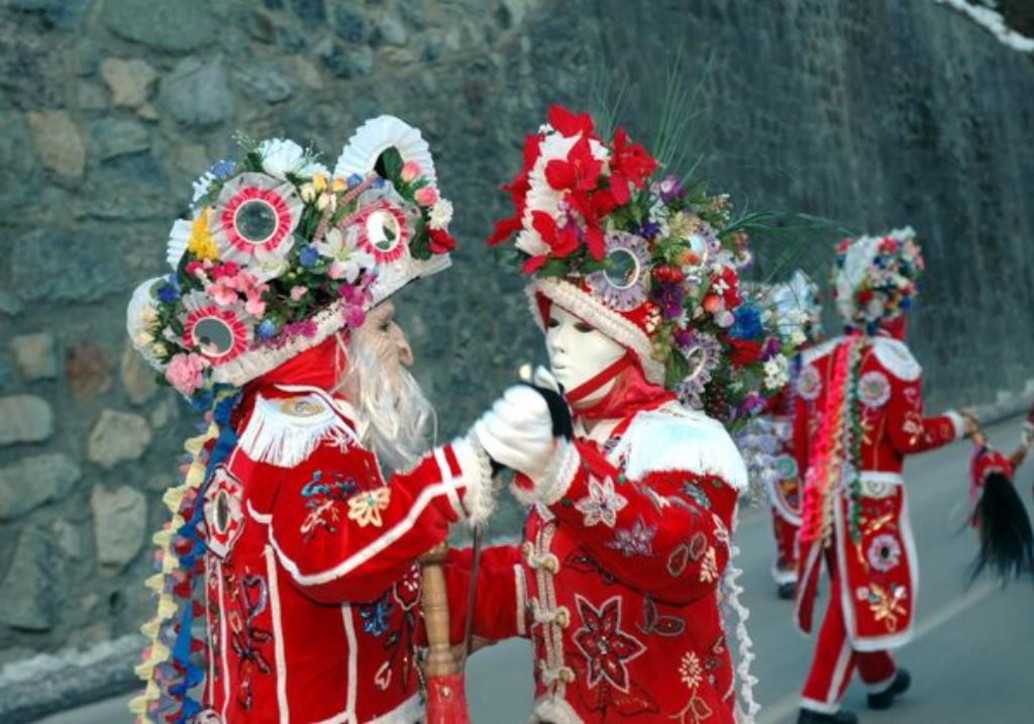
Gignod Coumba Freida
Coumba Freida an event rich in history and tradition, a Carnival all to discover
In the cold valleys of the Aosta Valley, where the icy drafts of the Great St. Bernard whisper ancient stories, one of the most characteristic and fascinating events takes place every year: the Coumba Freida Carnival.
This celebration, which draws its roots from deep ties to local history and traditions, enchants visitors and residents alike with its unique mix of history, folklore and magic.
Origins and History The name “Coumba Freida,” which literally means “cold valley,” echoes the frigid temperatures that characterize this area.
However, the winter cold is warmed by the liveliness and passion with which the people of the Great St. Bernard Valley bring to life their carnival, a festival that evokes historical episodes and local legends with extraordinary vividness.
The origins of this carnival are intertwined with the story of Napoleon Bonaparte and his passage through the Alps in May 1800.
The costumes are reminiscent of the uniforms of Napoleonic soldiers, revisited in a folkloric key and enriched with spectacular decorative elements.
But there are also those who attribute the birth of the festival to a more humble and romantic episode: the marriage of two elderly “simpletons” in the village, which allegedly prompted the villagers to celebrate the event in an unusual and goliardic way, giving rise to what is now one of the most heartfelt traditions.
The Costumes and Landzette The beating heart of the Coumba Freida Carnival are the “landzette,” unique masks that combine elements of folklore, superstition, and history.
These costumes, made entirely by hand and embellished with beads, sequins and small mirrors, are a true triumph of local craftsmanship.
The mirrors, in particular, not only add a touch of light and shine to the costumes, but also have a protective function: reflecting and warding off evil forces.

